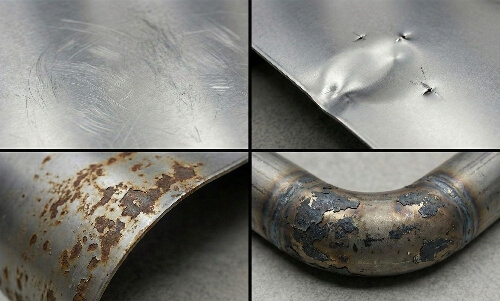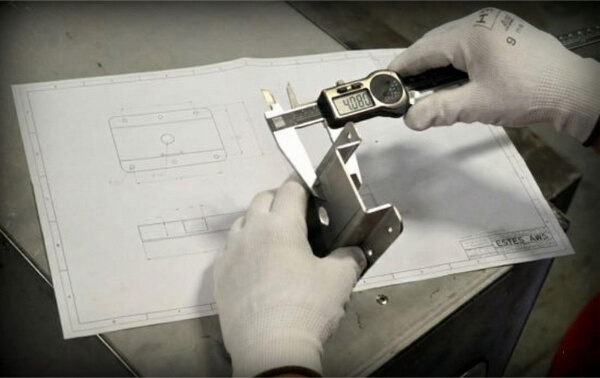Stainless steel is popular for its clean, silver look. But sometimes, a project calls for a black finish instead. The challenge is finding a way to get a deep, black finish that lasts without giving up stainless steel’s strength or rust resistance. Blackening is one way to change the color of stainless steel without affecting its key properties. It keeps the metal strong and resistant to corrosion.
In this post, we’ll explore the most common methods of blackening stainless steel and discuss when each method makes the most sense.
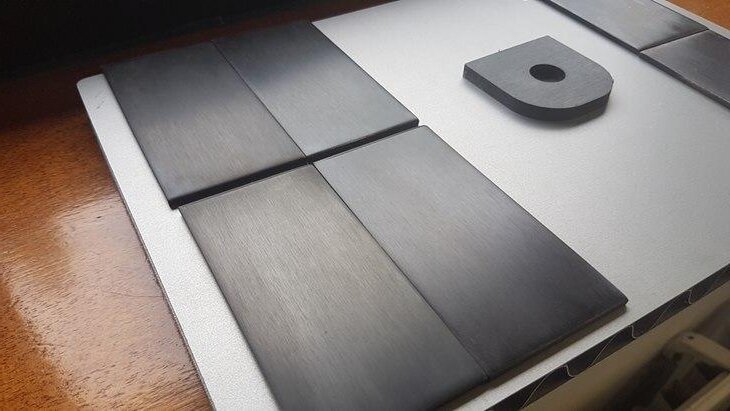
What Is Blackened Stainless Steel?
Blackening stainless steel means changing its surface to a dark color. This can be done using chemical, electrochemical, or heat-based methods. These methods create a thin, solid black layer on the metal. Unlike paint, this layer doesn’t peel or chip. Depending on the technique used, the finish can look shiny or matte.
A black finish can improve the look and function of stainless steel parts. It hides fingerprints and minor scratches. It also reduces glare and matches well with other dark components.
Many industries use blackened stainless steel in their product designs. You’ll find it in tools, electronics, firearms, and kitchen items. In some cases, the black layer also adds protection against rust and wear. For some applications, the dark color is for appearance.
How to Blacken Stainless Steel?
Blackening stainless steel takes the proper steps and in the correct order. Skipping or rushing a step can lead to poor results, like uneven color or a finish that doesn’t stick well. Each part of the process prepares the surface for the next.
Cleaning and Degreasing
The first step is to clean the metal. Using an industrial degreaser or alkaline cleaner, remove all grease, oil, and dirt. This step is essential, as any leftover dirt can block the blackening process.
Rinsing
After cleaning, rinse the part with clean water. This helps remove any leftover chemicals, and a proper rinse prevents the next steps from being affected by old residues.
Acid Pickling (Optional)
If the part has rust or a thick oxide layer, acid pickling can help. This step removes corrosion and gives the surface a clean base. Diluted acids like hydrochloric or sulfuric acid are often used. After pickling, rinse the part again.
Blackening Methods
Once the part is thoroughly cleaned and prepared, it’s time to apply the blackening treatment. The method you choose will affect the final product’s appearance, cost, corrosion resistance, and wear resistance. Here are the most common blackening methods, explained in detail.
Chemical Blackening
This is one of the most widely used methods, especially for stainless steel grades like 300 and 400 series.
- How it works: The part is submerged in a hot alkaline solution, usually containing sodium hydroxide, sodium nitrate, and sodium nitrite. The solution is kept at a temperature of around 80°C to 95°C.
- Reaction: The hot bath chemically converts the outer layer of the steel into black iron oxide (Fe₃O₄).
- Time required: Immersion time is usually 10–20 minutes, depending on part size and desired darkness.
- Finish result: Produces a deep matte to satin black finish chemically bonded to the metal surface.
- Durability: Excellent adhesion. However, it offers only mild corrosion resistance unless sealed with oil or wax.
This method is ideal for tools, fasteners, and industrial components that require a decorative or low-glare finish.
Electrochemical Blackening
Electrochemical blackening uses an electric current to form a colored oxide layer on the surface. It is mainly used for stainless steel grades 304, 316, and other austenitic types.
- How it works: The part is placed in a bath containing electrolytes (like sulfuric acid or phosphoric acid) and connected as an anode. A controlled voltage, typically 5 to 50 volts, is applied.
- Key variables: The thickness and tone of the oxide layer depend on voltage, current density, and immersion time.
- Color control: Different voltage settings, including black, can create various interference colors. Black usually forms at the higher voltage range, often between 35–45 volts.
- Finish result: The finish can range from glossy to matte black. It is uniform and doesn’t change the part’s dimensions.
- Durability: Offers good corrosion resistance. Often used for architectural hardware, medical tools, or decorative parts.
Note: This method requires precision equipment and is best suited for small to mid-size production runs.
Thermal Blackening
This method uses high temperatures to create a black oxide finish on stainless steel. It’s a simple but effective technique for one-off or artistic parts.
- How it works: The part is heated in open air using a torch, furnace, or kiln. When stainless steel reaches certain temperatures, it forms oxides on the surface that darken over time.
- Temperature range: Blackening starts forming around 300°C, and deep black appears near 500–600°C.
- Time required: It depends on the heating method and part thickness. For small parts, it is usually 5–15 minutes.
- Finish result: The finish can vary from blue-black to brown-black, with a somewhat iridescent or uneven tone if not carefully controlled.
- Durability: The thin oxide layer may wear off under abrasion unless sealed. It is not recommended for high-corrosion environments unless further protection is required.
This technique is often used for knives, small tools, jewelry, and aesthetic parts where a rustic or aged look is acceptable.
Post-Treatment Rinse
After any blackening process, rinse the part one more time. This stops any leftover chemical reactions and clears off remaining residues.
Sealing (Optional, but Recommended)
Adding a sealant like oil, wax, or lacquer helps protect the black finish. It keeps out moisture, reduces wear, and gives the part a smoother look.
Drying
Finally, dry the part completely. You can use compressed air or gentle heat. Moisture left on the surface can cause rust or stains later.
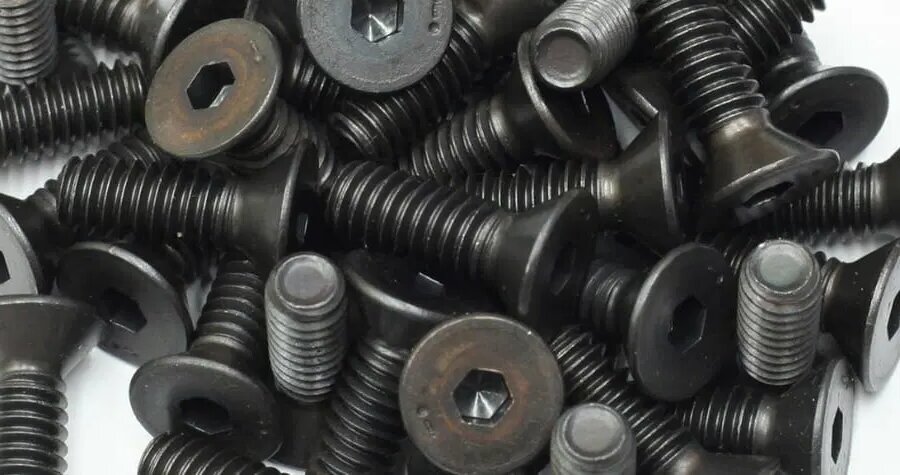
Advantages of Blackening Stainless Steel
Blackening stainless steel isn’t just about looks. It also brings real performance benefits. These advantages are valuable across many different industries.
Better Protection Against Rust
Some blackening methods add extra protection from rust. The black oxide layer works like a shield, helping keep out moisture and air, which can cause corrosion. Adding a sealant like oil or wax on top makes the protection even stronger. This is especially helpful for outdoor tools, machine parts, or equipment used in harsh conditions.
Less Glare and Reflection
Black surfaces reflect less light, reducing glare from sunlight or intense indoor lighting. This is helpful in areas like defense, electronics, or precision work, where too much glare can be distracting. A non-reflective surface helps workers see parts more clearly and focus on their tasks.
Clean and Modern Appearance
A black finish gives stainless steel a modern and clean look. It pairs well with other dark parts and fits many product designs. You’ll often see it in electronics, kitchen items, and custom hardware. The dark color helps companies match their branding and create a high-end style. It makes products look sharp and stand out—without switching to a different material.
Limitations and Challenges
Blackening stainless steel has many advantages, but it also has some downsides. These challenges can affect how the part looks or performs over time.
Some Grades Don’t React Well
Not all stainless steel types blacken the same way. Grades with low chromium or high nickel content might not form a smooth, even black layer. You might need extra surface prep or a different blackening method. If this step is skipped, the finish might peel or look patchy.
Easy to Scratch in Some Cases
Blackened layers are usually very thin, which means they can scratch more easily than thicker coatings like paint or plating. Small scratches may not be noticeable on a matte finish, but on shiny surfaces, even light scratches can stand out. If the part is likely to rub or move during use, you may need to add a stronger protective layer.
Finish May Need Upkeep
Over time, black finishes can fade or wear, especially on parts used outdoors or in rough conditions. To keep rust resistance strong, reapplying sealants might be necessary. If small areas get worn or chipped, touch-ups can help, but may not blend in perfectly. This is something to keep in mind for products where appearance matters, like medical devices or consumer goods.
Applications of Blackened Stainless Steel
Blackened stainless steel is used across many industries. It offers strength, surface protection, and a modern look. The black finish often meets both design and performance goals.
Industrial Parts and Tools
Blackened parts are often used in factories and workshops to reduce glare and improve visibility. This finish benefits items like tools, bolts, brackets, and machine components. It protects against rust, especially when sealed with oil or wax. These parts often face heat, friction, or chemicals, so the finish needs to stay strong under daily use.
Building and Decorative Uses
In architecture, blackened stainless steel is used in trims, railings, panels, and handles. It gives a clean, modern feel that works for both indoor and outdoor spaces. Designers like its soft matte finish and how it complements darker color schemes. Plus, it stands up well to weather and is frequently used in public areas.
Electronics and Consumer Products
You’ll often see blackened finishes in electronics, kitchen tools, and home items. Products like smartphones, watches, and appliances use them to create a high-end look and hide smudges and scratches. In electronics, the low glare helps improve screen clarity and adds to a uniform, sleek design. It supports both how the product looks and how it performs.
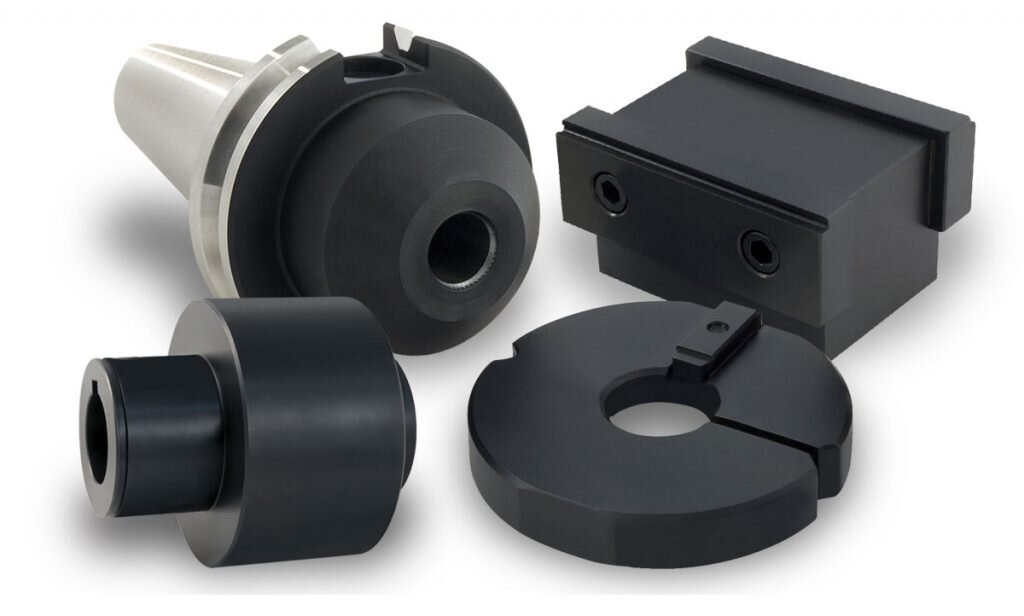
Tips for Achieving the Ideal Blackening Results
Each step must be done with care to achieve a strong, even black finish on stainless steel. Skipping or rushing parts can lead to dull color, uneven coating, or poor durability.
Thorough Surface Preparation Is Key
Start with a clean, oil-free surface. Use a degreaser to remove all grease and dirt. If the part has rust or oxide scale, use acid pickling. A smooth, bare metal surface helps the blackening layer bond well. Poor prep is one of the top causes of coating failure.
Choose the Right Blackening Method
Pick the method based on your part’s use, budget, and material. Chemical blackening is a common choice for indoor parts or tools. Electrochemical blackening may be better for electronics or aerospace. For decorative items, thermal blackening gives a natural finish. Not every method fits every job.
Maintain Consistent Temperature and Timing
Most blackening processes are sensitive to heat and time. Chemical baths need to stay at the right temperature. Overheating or long dips can damage the finish. For thermal methods, uneven heating causes patchy colors. Use timers and thermometers to control the process.
Apply a Protective Topcoat
After blackening, seal the surface with oil, wax, or lacquer. This step boosts rust protection and gives a smooth, even look. It also reduces wear and fading over time. Without sealing, the finish may not last in harsh settings.
Conclusion
Blackening stainless steel adds both style and function. It changes the metal’s surface to a dark finish through chemical, electrochemical, or thermal treatment methods. Each offers different benefits for corrosion resistance, appearance, or glare control. Good surface prep, the correct method, and sealing all help make the finish last longer.
Need blackened stainless steel parts for your next project? We offer precise surface treatments and support from prototype to production. Please send us your drawings today and get a fast, free quote.
Hey, I'm Kevin Lee

For the past 10 years, I’ve been immersed in various forms of sheet metal fabrication, sharing cool insights here from my experiences across diverse workshops.
Get in touch

Kevin Lee
I have over ten years of professional experience in sheet metal fabrication, specializing in laser cutting, bending, welding, and surface treatment techniques. As the Technical Director at Shengen, I am committed to solving complex manufacturing challenges and driving innovation and quality in each project.

